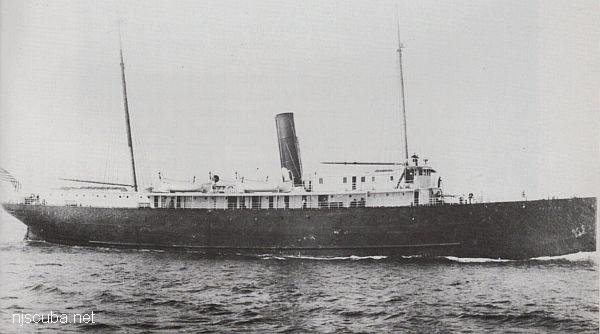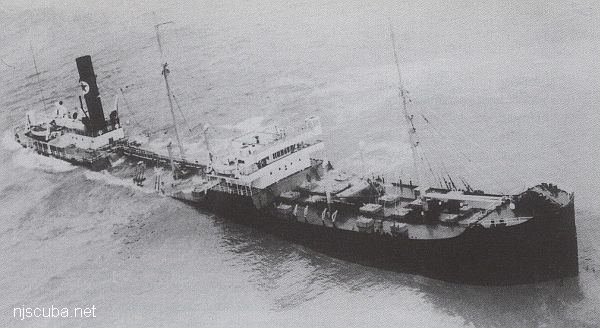New York Dive Sites
- 3/4 Tug
- 59-Pounder
- Acara
- Ajace
- Amsterdam
- Andrea Doria
- Arnoff
- Asfalto
- Atlantic
- Atlantic Beach Reef ...
- Ayuruoca
- BA Wreck
- Bald Eagle
- Barataria
- Bayville barge
- Beach Jetties
- Black Point
- Black Warrior
- Bronx Queen
- Bug Light
- Burnside
- Celtic / Cape Race
- Charles Dunlap
- Choapa
- Coastwise
- Coimbra
- Condor
- Continent
- Cornelia Soule
- Dodger
- Dragger
- Drumelzier
- drydock barge
- E. Rockaway Inlet / 8th St
- Ed's Schooner
- Edwin Duke
- Essex
- Eureka
- Fire Island Inlet
- Fire Island Reef ...
- Fort Victoria
- Gate City
- Glen Island
- Gluckauf
- Goulandris
- Grecian
- Gwendoline Steers
- Happy Days
- Harvey's Schooner
- Hempstead Reef ...
- HMS Culloden
- HMS Hussar
- Horton's Point
- Howard
- Hudson/East Rivers
- Huntington Reef
- Hylton Castle
- Iberia
- Immaculata
- Inshore Schooner
- Irma C
- John A. Downs
- John C. Fitzpatrick
- Jones Inlet / Wreck
- Kenosha
- Kismet Reef ...
- Larchmont
- Lexington
- Lido (Coal Wreck)
- Lightburne
- Linda
- Lizzie D
- Macedonia
- Maine
- Malden
- Margaret
- Matinecock Reef ...
- Mattituck Inlet
- Mattituck Reef ...
- McAllister Reef ...
- Mistletoe
- Montauk Inlet
- Moriches Inlet
- Moriches Reef ...
- Mount Sinai Harbor
- Mud Hole
- Myronus
- New York Artificial Reefs ...
- Olinda
- Oregon
- Panther
- Pinta
- Pipe Barge
- Poling Brothers #2
- Ponquogue Bridge
- Port Jefferson Inlet
- Port Jefferson Reef ...
- Princess Anne
- R.C. Mohawk
- Reggie
- Relief Lightship
- Rickseckers
- Robert A Snow
- Rockaway Inlet
- Rockaway Reef ...
- Roda
- Ruth Shaw
- Sandy Hook Pilot
- Seawolf
- Shinnecock Inlet
- Shinnecock Reef ...
- Shoreham
- Sixteen Fathom Reef
- Smithtown Reef ...
- Snug Harbor
- Steel Wreck
- Tennyson
- Texas Tower
- Thames
- Thelma Phoebe
- Three Sisters
- Train Wheel Wreck
- Twelve-Mile Reef ...
- U-853
- U-869
- USS Bass
- USS G-1 SS-19
- USS G-2
- USS L-8 SS-48
- USS Ohio
- USS San Diego
- USS Tarantula
- USS Turner
- Valerie E
- Volund
- Wolcott
- Yankee (G&D)
- Yankee (Old)
- Yellowbar Reef ...



